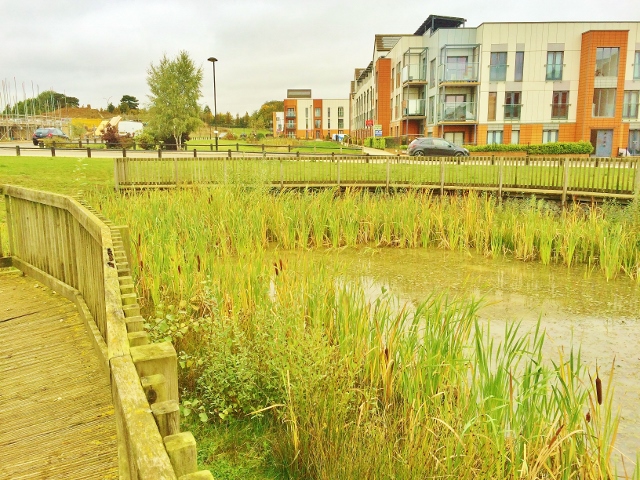11th November 2016
This week, the Government published its response to the report by the House Select Committee on national policy for the built environment.
At the outset, the Land Trust raised concerns that a drive to deliver high quantities of new housing was being prioritised at the expense of other key elements of the built environment which play important roles in place-making, such as vital green open spaces and green infrastructure.
As such, in its written and oral evidence to the Committee, the Land Trust stressed the important role that green infrastructure plays within the planning process and sustainable development of the built environment, as well as a need for more joined up approaches between the health and planning sectors, and a focus on building better places that benefit everyone.
In the Government’s response, the Land Trust is particularly pleased that it is:
Euan Hall, CEO of the Land Trust said: “I am really pleased that the Government is making positive steps towards a more holistic view of place-making and sustainable development, recognising that successful development is about more than bricks and mortar and that not all brownfield sites are suitable for development, an example is our site Canvey Wick in Essex, which has greater social, economic and environmental value as open space.
“I do think however that Government could go further, to require local plans to have clear green infrastructure frameworks showing how the environment supports growth and require development proposals to set out how green infrastructure does add value and provide better solutions to developments.
“Our experience shows that integrating green infrastructure into the built environment designs from the outset adds significant value to the end product as well as bringing significant economic, health, social and environmental benefits to communities, reducing costs to the public purse.
“Our recent research on the social value of our green spaces reinforces this message, showing that our green spaces contribute the equivalent of approximately £53 million to the health sector per year. So, building better quality places also has a positive impact on other aspects of society.
“Overall, I am pleased that Government has taken on board the views of the Built Environment Committee in relation to green infrastructure and brownfield land and this is a positive step towards providing a mechanism for coordinating better approaches to sustainable development.”

If you have any questions or queries about what we do or how to go about working with us we'd love to hear from.
Contact usWe are always on the look out for enthusiastic, committed people who want to make a real and lasting difference in their local community.
Get Involved